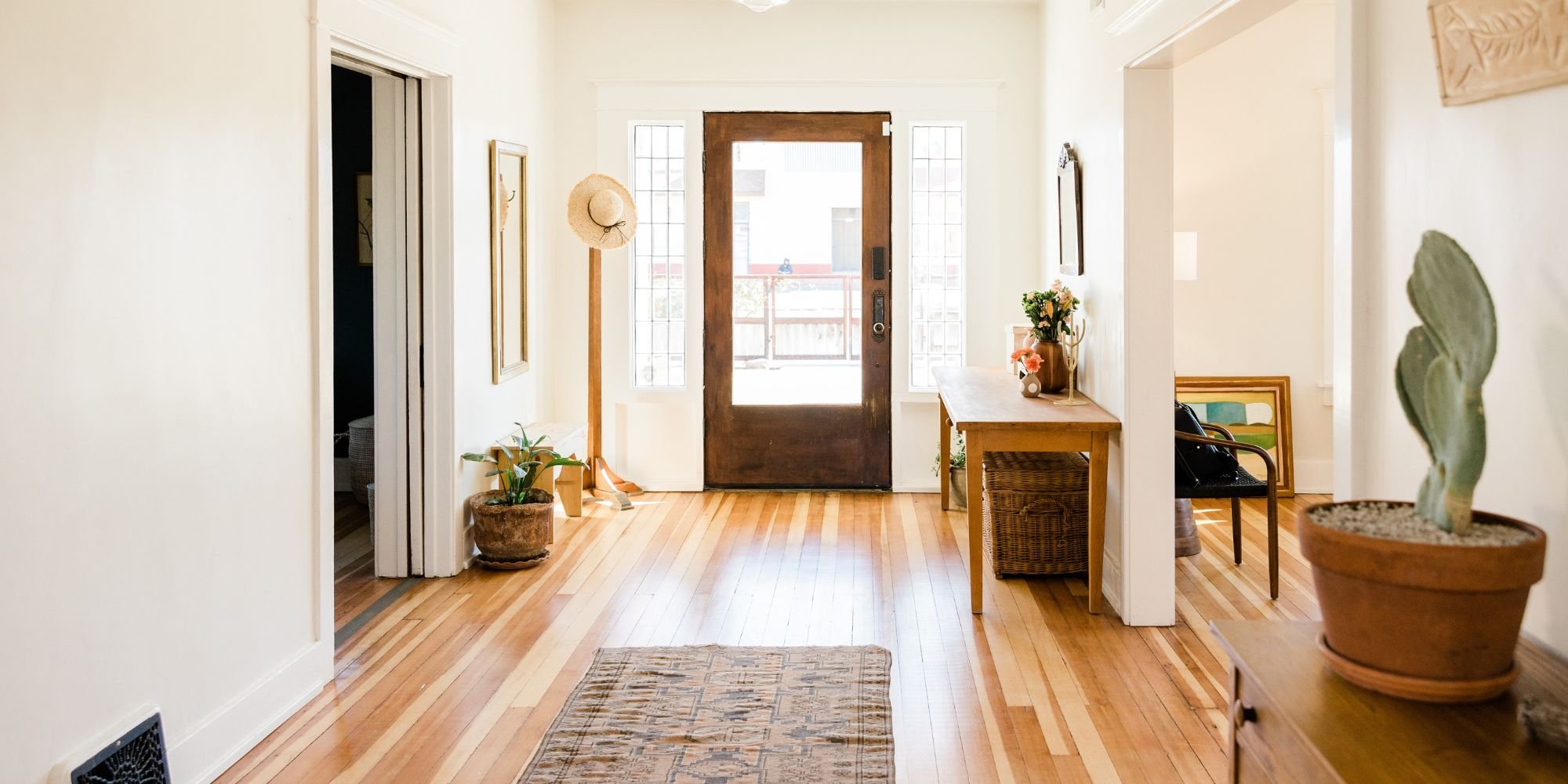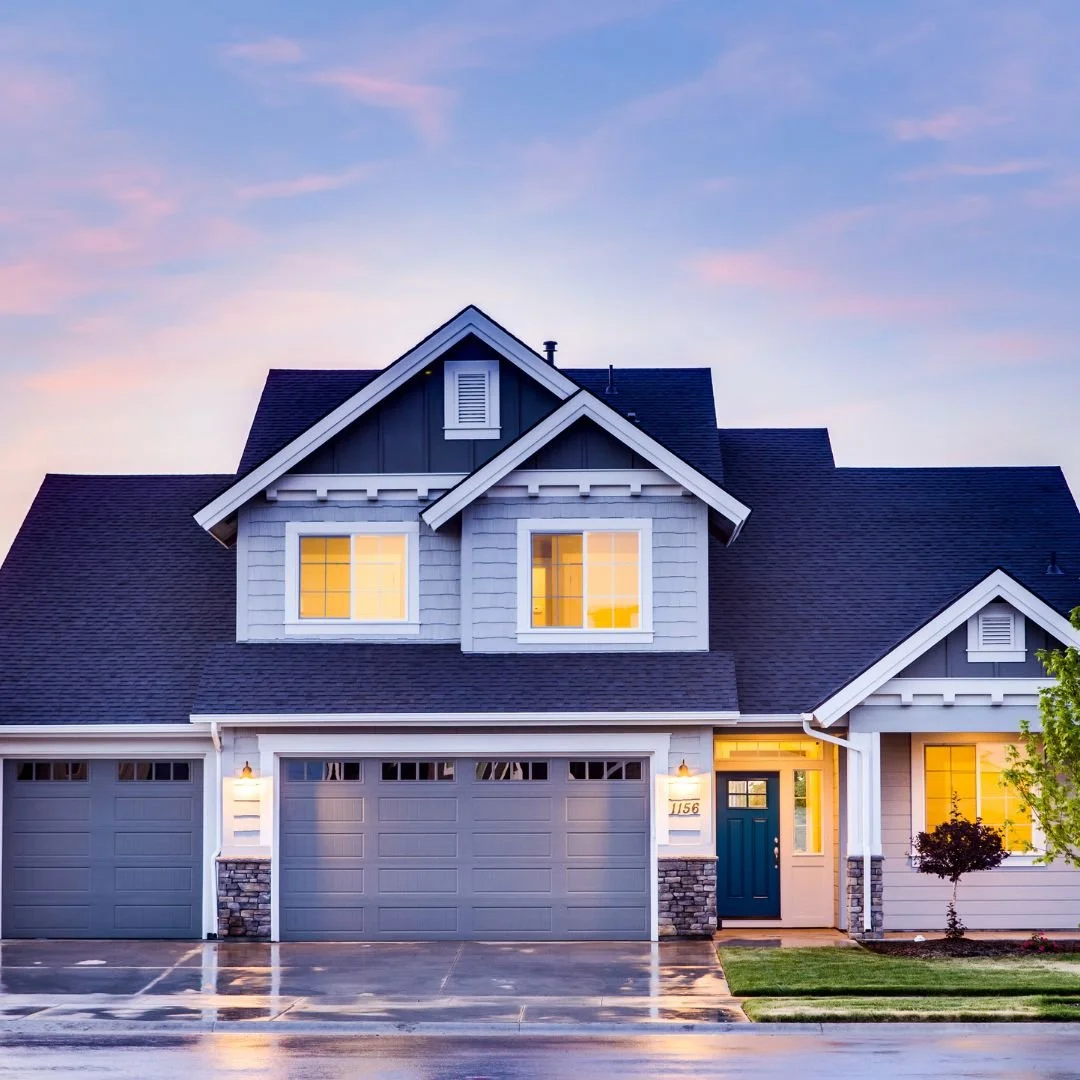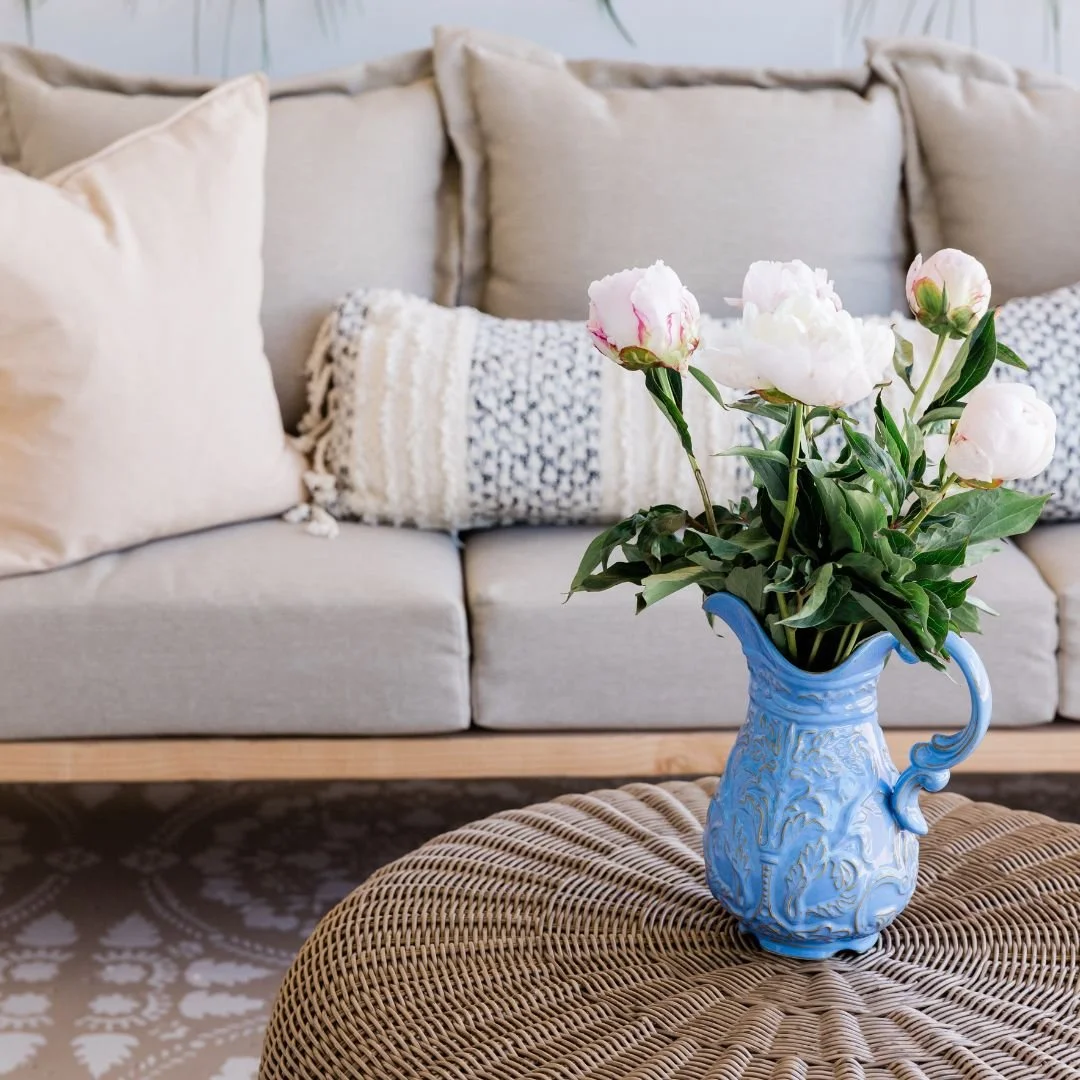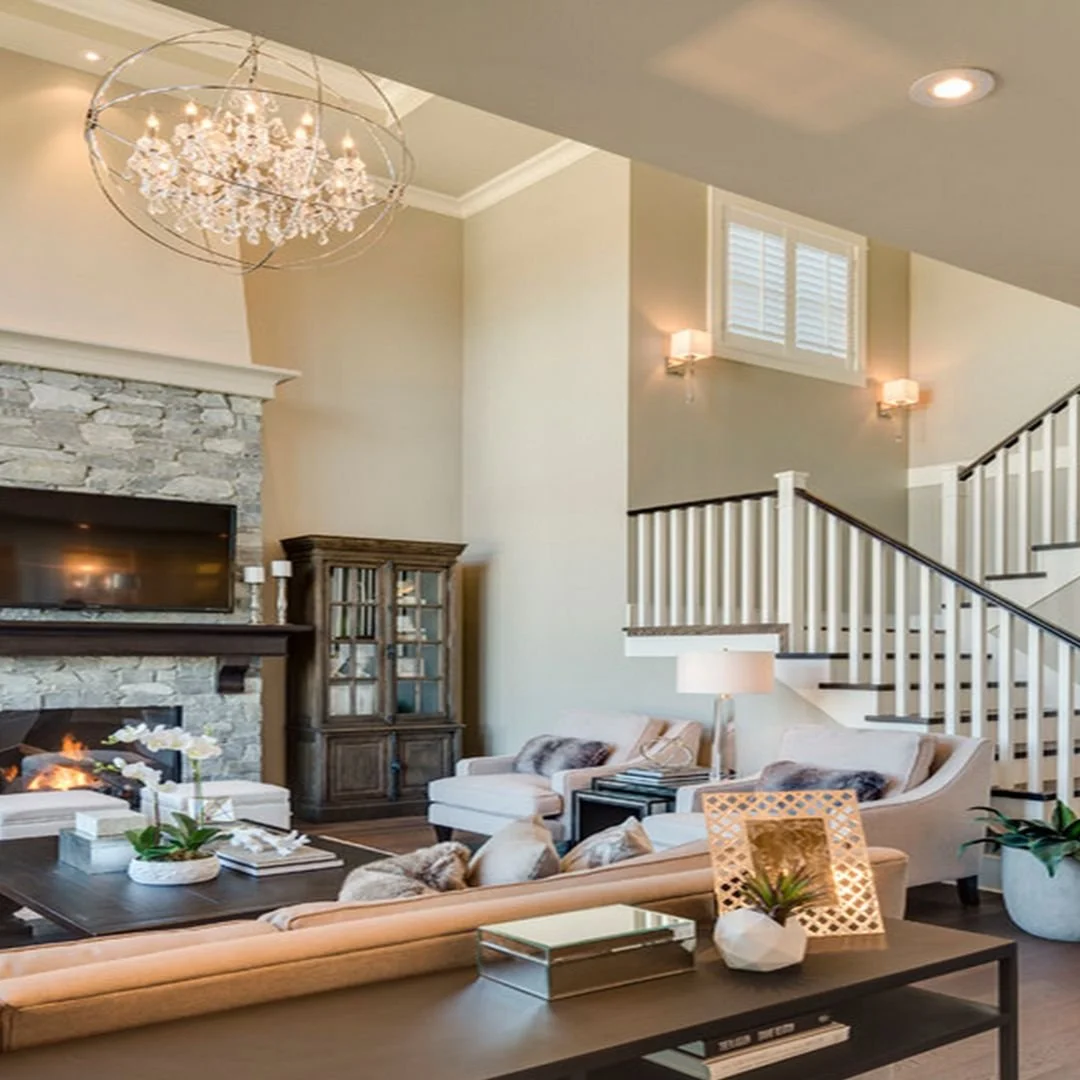How to Create a Comfortable Home Environment
A comfortable home environment is essential for both physical and mental well-being. It’s a place where you can relax, recharge, and feel truly at ease. Whether you’re entertaining guests or enjoying a quiet evening by yourself, a home that reflects your style and meets your needs can make all the difference. In this guide, we’ll explore key elements of creating a cozy, functional, and welcoming home environment, from heating and cooling to lighting and layout.
1. Prioritize Indoor Comfort with HVAC Maintenance
One of the most important aspects of creating a comfortable home is ensuring that your HVAC system is functioning at its best. Heating, ventilation, and air conditioning (HVAC) systems are responsible for maintaining comfortable temperatures and indoor air quality throughout your home. Regular maintenance of your HVAC system can help you maintain a comfortable environment year-round.
Regular HVAC Inspections and Maintenance
Scheduling regular HVAC inspections can prevent many common issues, including system breakdowns and inefficient performance. An HVAC technician can clean your air ducts, check your furnace or air conditioning unit, and replace filters to keep your system running efficiently. This not only improves comfort but also enhances the air quality in your home by removing dust and allergens.
Proper Insulation
Good insulation helps maintain your home's temperature by preventing heat loss during winter and heat gain during summer. Ensuring your home is properly insulated can make a big difference in how comfortable it feels inside, while also lowering energy bills. Insulate your attic, walls, and floors to reduce the workload on your HVAC system and create a stable indoor temperature.
Smart Thermostats for Better Control
Upgrading to a smart thermostat allows you to control the temperature in your home from anywhere, ensuring your environment is always comfortable when you arrive. These systems can be programmed to adjust temperatures based on your daily routine, saving you energy and enhancing comfort. By maintaining an optimal temperature, you can avoid drafts or rooms that are too hot or cold.
2. Make Lighting Work for You
Lighting plays a crucial role in setting the mood and atmosphere in any room. The right lighting can make your home feel more inviting and relaxing, while poor lighting can create an uncomfortable or unappealing atmosphere. Here’s how you can use lighting to enhance your home’s comfort:
Layered Lighting
Using a combination of ambient, task, and accent lighting can help create a well-rounded lighting scheme in each room. Ambient lighting provides overall illumination, task lighting is for specific tasks like reading or cooking, and accent lighting highlights certain features, such as artwork or architectural details. Combining all three creates a more dynamic and balanced lighting experience.
Use Natural Light
Take advantage of natural light by opening blinds and curtains during the day to let the sunshine in. Natural light boosts mood and energy levels, making your home feel more inviting. Consider using sheer curtains to diffuse sunlight, which softens the light while still providing brightness. Strategic placement of mirrors can also help reflect light into darker corners of a room.
Adjustable Lighting Options
Consider using dimmer switches or smart light bulbs that can adjust brightness and color temperature based on your needs. Whether you’re hosting a dinner party or relaxing after a long day, having the ability to change the lighting can make all the difference in creating the right mood.
3. Optimize Your Home’s Layout and Furnishings
The layout and design of your home should not only reflect your personal style but also optimize space for functionality and comfort. A well-organized and thoughtfully designed home can improve flow and create a calming environment.
Furniture Placement
When arranging furniture, think about flow and functionality. Arrange seating areas in a way that promotes conversation and easy movement through rooms. Make sure there’s enough space for people to move freely and that furniture isn’t overcrowding a room. Consider placing larger pieces near the perimeter of the room to open up central spaces.
Maximize Natural Space
Decluttering and organizing your home will help you make the most of the space available. Keep only the items that bring you joy or are necessary for daily use. A minimalist approach can reduce stress and create a more relaxing environment. For example, consider stylish storage solutions like baskets or shelving units to keep your space neat and tidy.
Personalize Your Space
Incorporate elements that reflect your personality and create a space that feels uniquely yours. Whether it's artwork, family photos, or heirlooms, personal touches make your home feel more comfortable and connected to who you are. Don’t be afraid to experiment with colors, textures, and decor that make you feel at home.
4. Maintain Cleanliness and Air Quality
A clean home isn’t just about appearance—it’s about health and well-being. Maintaining cleanliness and ensuring the air quality in your home is top-notch can help improve your comfort level, especially for those with allergies or respiratory issues.
Regular Cleaning Habits
Creating a routine for cleaning your home helps prevent the buildup of dust, dirt, and allergens that can negatively impact your comfort. Dusting regularly, vacuuming carpets, and cleaning surfaces will keep your home looking and feeling fresh. Pay special attention to areas like vents, air ducts, and under furniture where dust can accumulate.
Air Purification Systems
Investing in an air purifier can drastically improve the air quality in your home, especially if you live in an area with high pollen or pollution levels. Air purifiers help remove dust, allergens, and other particles that can compromise indoor air quality. For added benefits, consider adding houseplants that naturally purify the air and bring a touch of nature indoors.
Proper Ventilation
Good ventilation is essential for maintaining comfort and air quality. Make sure your home has adequate airflow, particularly in areas like the kitchen and bathrooms, where moisture can cause mold and mildew growth. Install exhaust fans where needed and open windows to allow fresh air to circulate. Keeping your home well-ventilated helps prevent stuffiness and keeps the air clean and breathable.





